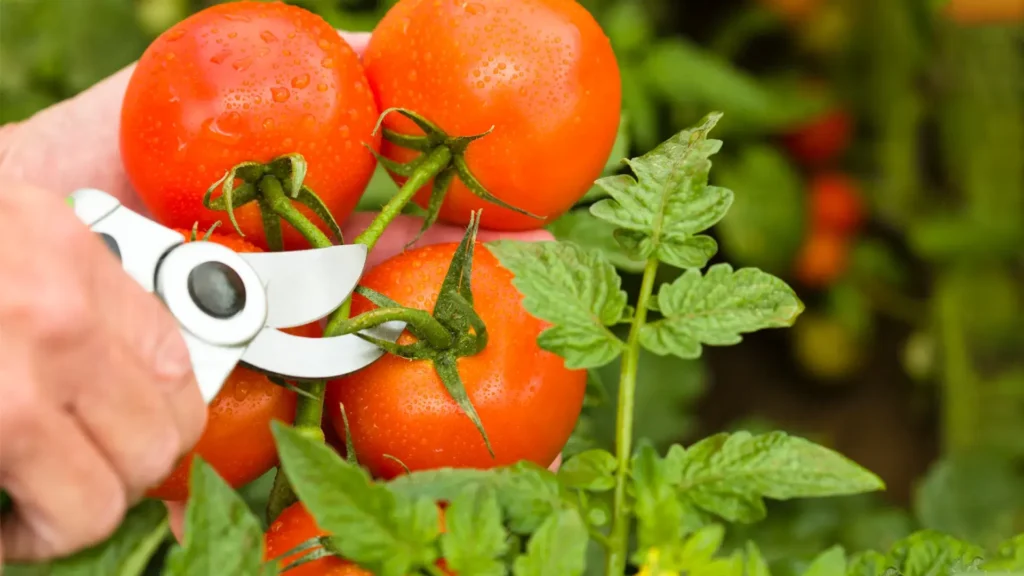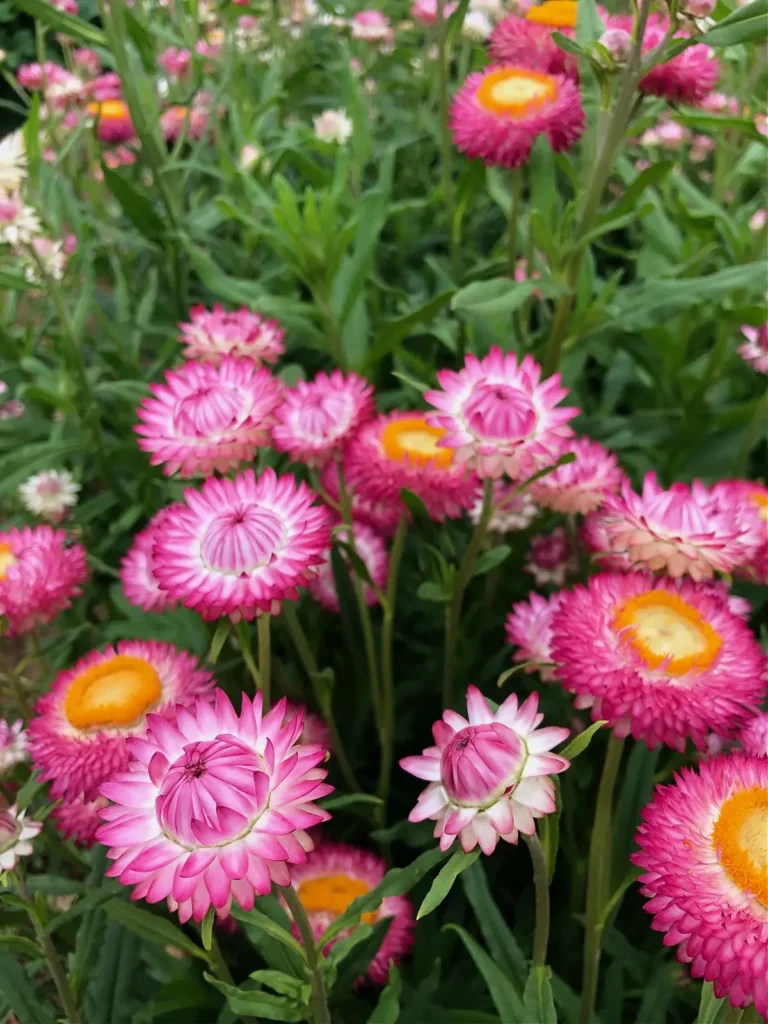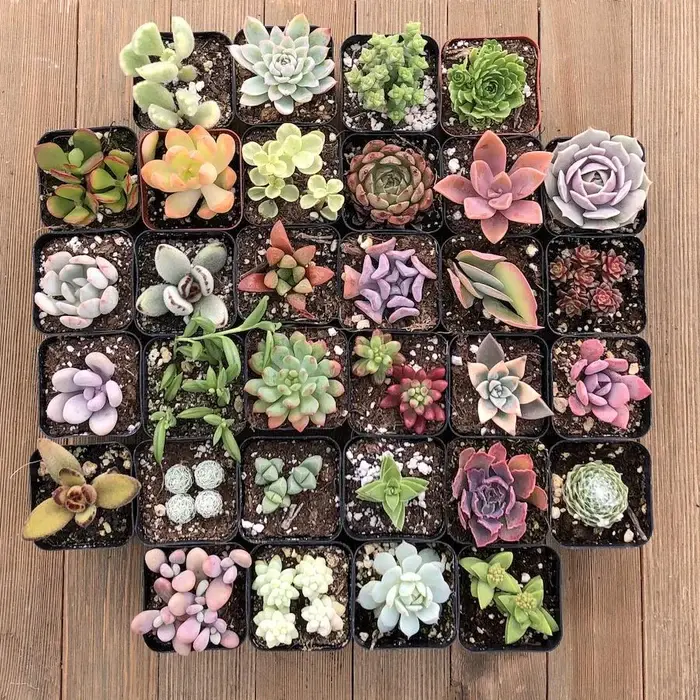The Essential Guide to Pruning Tomato Plants for Bountiful Harvests
Pruning tomato plants is an often-debated topic among gardeners, but for many, it’s a crucial practice for achieving healthier plants, improved air circulation, reduced disease risk, and ultimately, larger, more abundant fruit. While not all tomato varieties require the same level of attention, understanding the principles of pruning can significantly enhance your growing season. This comprehensive guide will walk you through the why, when, and how of pruning, ensuring your tomato plants thrive.
Understanding Tomato Growth Habits: Determinate vs. Indeterminate
Before you even pick up your pruning shears, it’s vital to know the growth habit of your tomato plants. Tomatoes are broadly categorized into two types:
- Determinate Tomatoes (Bush Varieties): These varieties grow to a predetermined height, typically 3 to 5 feet, and then stop growing. They produce most of their fruit within a short, concentrated period (usually 2-3 weeks). Determinate tomatoes generally require minimal pruning. Removing too many branches can drastically reduce your yield, as they are not designed to continuously produce new growth. Pruning for determinate varieties primarily focuses on removing lower leaves touching the soil or any diseased foliage to improve airflow and prevent soil-borne diseases. Examples include ‘Roma’ and ‘Celebrity’.
- Indeterminate Tomatoes (Vining Varieties): These tomatoes are true vining plants that continue to grow, flower, and produce fruit throughout the entire growing season until frost kills them. They can reach impressive heights, often exceeding 6 feet, and benefit significantly from regular pruning to manage their size, redirect energy into fruit production, and improve air circulation. Most popular heirloom and cherry tomato varieties, such as ‘Beefsteak’, ‘Brandywine’, ‘Sungold’, and ‘Early Girl’, are indeterminate.
Knowing which type you’re growing is the first step to successful pruning. Check your seed packet or plant label if you’re unsure.
Why Prune Tomato Plants? The Benefits Explained
Pruning might seem like an extra chore, but its benefits are substantial, especially for indeterminate varieties:
- Increased Fruit Size and Quality: By removing excess foliage and unproductive growth, the plant can channel more energy and nutrients directly to the developing fruits. This often results in larger, more flavorful tomatoes.
- Improved Air Circulation: Dense foliage creates a humid microclimate around the plant, which is an ideal environment for the development and spread of fungal and bacterial diseases like blight and leaf spot. Pruning opens up the plant, allowing for better airflow and quicker drying of leaves after rain or watering, significantly reducing disease risk.
- Reduced Disease Risk: Beyond improved airflow, removing lower branches that touch the soil prevents soil-borne pathogens from splashing onto the leaves, which is a common pathway for infection. Any yellowing or diseased leaves should also be removed promptly.
- Easier Harvesting and Pest Detection: A less dense plant makes it easier to spot ripe tomatoes ready for harvest and to identify and address any pest infestations hiding within the foliage.
- Managed Plant Size: Indeterminate tomatoes can become sprawling and unmanageable without pruning. Pruning helps keep them contained and makes supporting them with stakes or cages much easier. This is particularly beneficial for gardeners with limited space.
When to Prune Your Tomato Plants
Timing is key to effective tomato pruning:
- Initial Pruning (At Planting or Early Season): When you first plant your tomato seedlings, remove any leaves or stems that would touch the ground once planted. For young plants (12-18 inches tall), you can also pinch off any flowers to encourage the plant to focus its energy on developing a strong root system before putting energy into fruit production.
- During the Growing Season (Ongoing Pruning): For indeterminate varieties, ongoing pruning is essential. Start pruning when the plant is about 1 to 2 feet tall, usually when the first flower clusters begin to appear. The best time of day to prune is in the early morning on a dry day, allowing the wounds to heal quickly and reducing the risk of disease entry. Avoid pruning when plants are wet from dew, rain, or irrigation, as this can facilitate the spread of pathogens.
- Late Season Pruning (Topping): About 30-40 days before your expected first fall frost, you can “top” your indeterminate tomato plants. This involves removing the growing tip of the main stem and any new flower clusters. This practice directs the plant’s remaining energy into ripening the existing fruit rather than producing new growth that won’t have time to mature. This ensures a final flush of ripe tomatoes before the cold weather sets in.
How to Prune Tomato Plants: A Step-by-Step Guide
Pruning tomato plants involves targeting specific types of growth. Always use clean, sharp pruning shears or your fingers for smaller suckers to make clean cuts and prevent damage to the plant. Disinfect your tools with rubbing alcohol or a 10% bleach solution between plants to avoid spreading diseases.
- Identify and Remove Suckers: Suckers are the most common targets for pruning, especially on indeterminate varieties. They are small shoots that emerge in the “V-shaped” space (the axil) between the main stem and a leaf branch.
- Pinch off small suckers: If a sucker is less than 2-4 inches long, you can simply pinch it off with your thumb and forefinger. This creates a small wound that heals quickly.
- Snip larger suckers: For larger suckers, use clean pruning shears to make a clean cut as close to the main stem as possible without damaging the main stem or leaf branch.
- Missouri Pruning (Optional): In some warmer climates, or if you want some additional foliage for fruit shading, you can employ “Missouri pruning.” This involves pinching off only the growing tip of the sucker, leaving the two lowest leaves. These leaves will still photosynthesize and provide some shade without developing into a full, unproductive stem.
- Selective Sucker Removal: While many gardeners remove all suckers on indeterminate plants to encourage a single main stem, you can allow one or two strong suckers (often the one just below the first flower cluster) to develop into additional main stems if you provide adequate support. This can increase overall yield, though the individual fruit size might be slightly smaller. The key is to manage the number of main stems to prevent overcrowding. For more insights on this, consider exploring advanced pruning techniques for tomatoes.
- Remove Low-Hanging Branches and Foliage: As your tomato plant grows, inspect the base for any branches or leaves that are touching the soil.
- Prevent Disease: These lower leaves are highly susceptible to soil-borne diseases. Remove them to a height of about 12-18 inches from the ground to improve air circulation and prevent pathogens from splashing up onto the plant.
- Yellowing or Diseased Leaves: Throughout the season, remove any yellow, brown, or otherwise unhealthy leaves, regardless of their location on the plant. These leaves are no longer contributing to photosynthesis and can harbor diseases.
- Manage Overgrown or Unproductive Branches:
- Long, Unproductive Branches: If a branch is growing excessively long with little to no fruit production, or if it’s making the plant unwieldy, you can trim it back. Look for developing fruits and cut just past them. Remember, once a branch is removed, it cannot be put back, so prune thoughtfully.
- Internal Thinning (for Caged or Trellised Plants): For plants supported by cages or trellises, you can judiciously thin out some leaves from the interior of the plant to further improve airflow. Be careful not to remove too many leaves, as they are crucial for photosynthesis and for shading developing fruit from sunscald. Leaves directly above and below fruit clusters are particularly important for supplying sugars to those fruits.
Common Pruning Mistakes to Avoid
- Pruning Determinate Tomatoes Excessively: This is a major mistake that will significantly reduce your harvest. Determinate varieties set all their fruit at once, and removing suckers or too much foliage will directly diminish your yield.
- Pruning Wet Plants: As mentioned, pruning when plants are wet increases the risk of spreading fungal and bacterial diseases. Always wait for foliage to dry.
- Removing Too Much Foliage at Once: Never remove more than one-third of the plant’s total foliage at a single time. Over-pruning can stress the plant, reduce its ability to photosynthesize, and expose fruit to sunscald. A gradual, consistent approach is best.
- Using Dirty Tools: Unsanitized tools can easily transfer diseases from one plant to another, or from infected soil to healthy plant tissue.
- Not Providing Support: Pruning, especially for indeterminate varieties, goes hand-in-hand with providing adequate support. Stakes, cages, or trellises are crucial to keep the plant upright and prevent branches from breaking under the weight of the fruit, further aiding in air circulation and disease prevention. You can learn more about effective plant support systems here.
Beyond Pruning: Enhancing Your Tomato Harvest
While pruning is a powerful tool, it’s part of a larger strategy for successful tomato cultivation. For even better results, consider integrating pruning with other essential practices:
- Consistent Watering: Tomatoes need consistent moisture, especially when fruits are developing, to prevent issues like blossom end rot and fruit splitting.
- Proper Fertilization: Provide your plants with balanced nutrients to support vigorous growth and fruit production.
- Pest and Disease Management: Regularly inspect your plants for signs of pests or diseases and address them promptly.
- Mulching: Applying a layer of mulch around the base of your plants helps retain soil moisture, suppress weeds, and can reduce soil splash onto lower leaves, further preventing disease. Explore the benefits of mulching for vegetable gardens.
By combining careful pruning with these cultivation practices, you’ll be well on your way to enjoying a season full of delicious, home-grown tomatoes. Remember, gardening is an art and a science, and observing your plants and learning from each season will continually improve your results.
Check out or latest posts !


